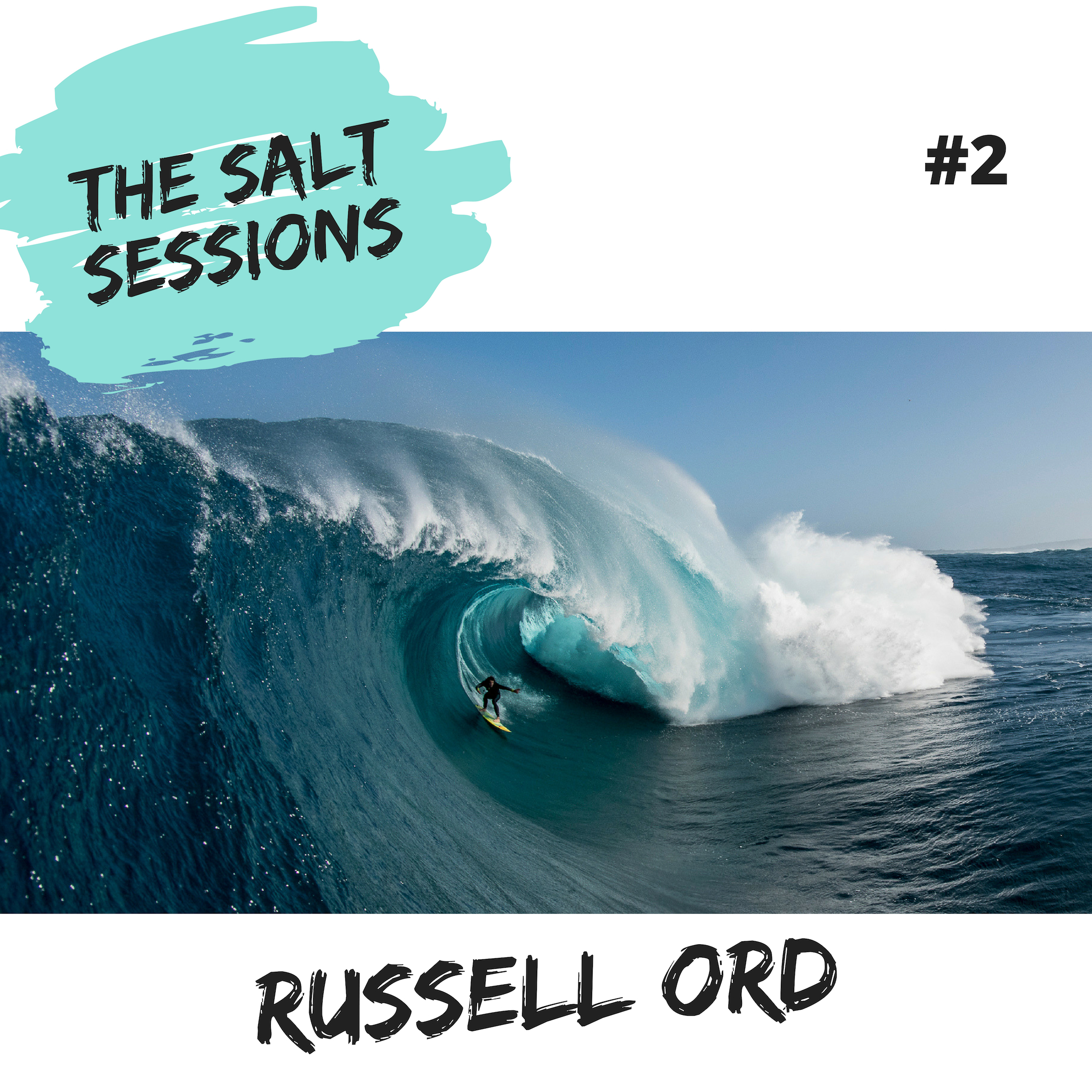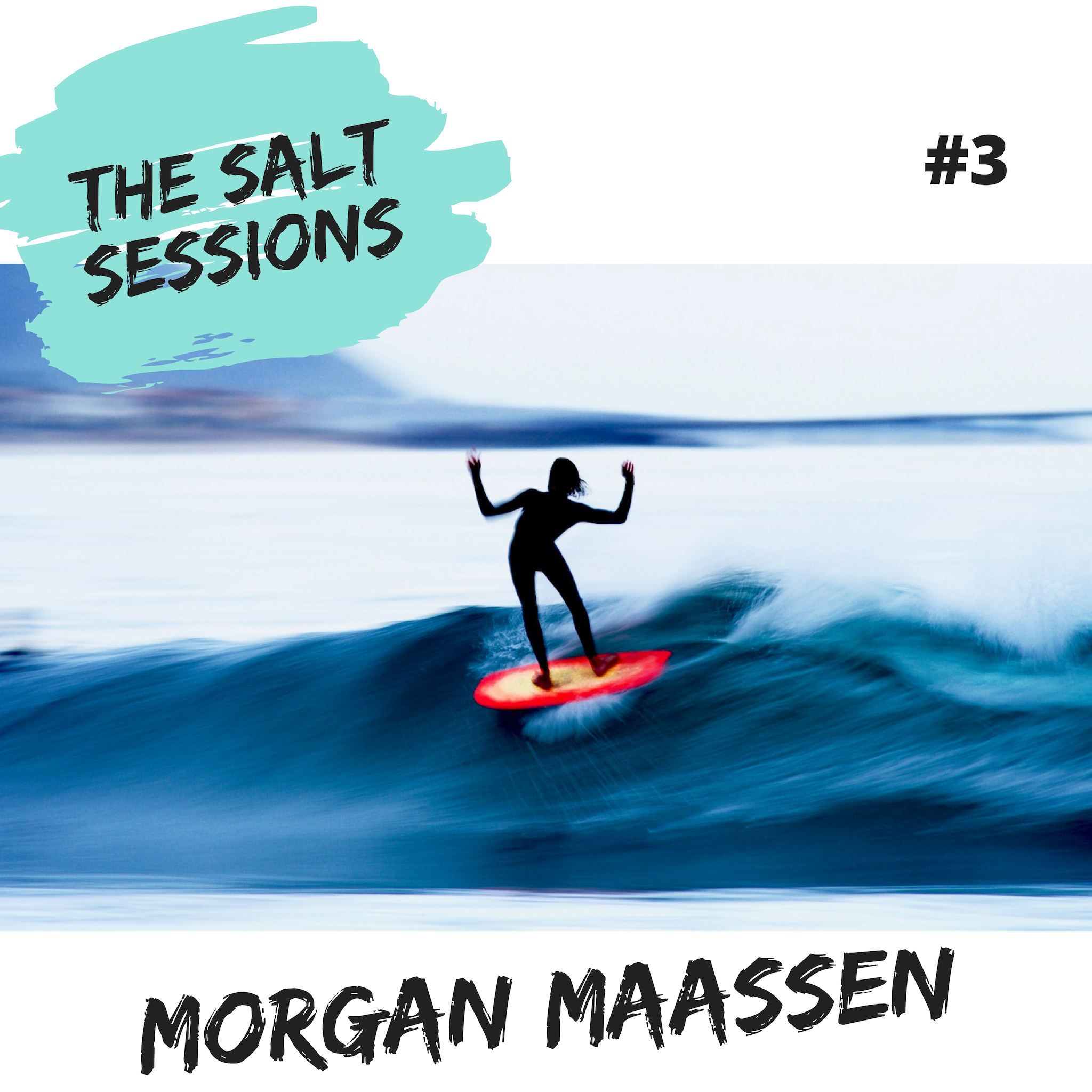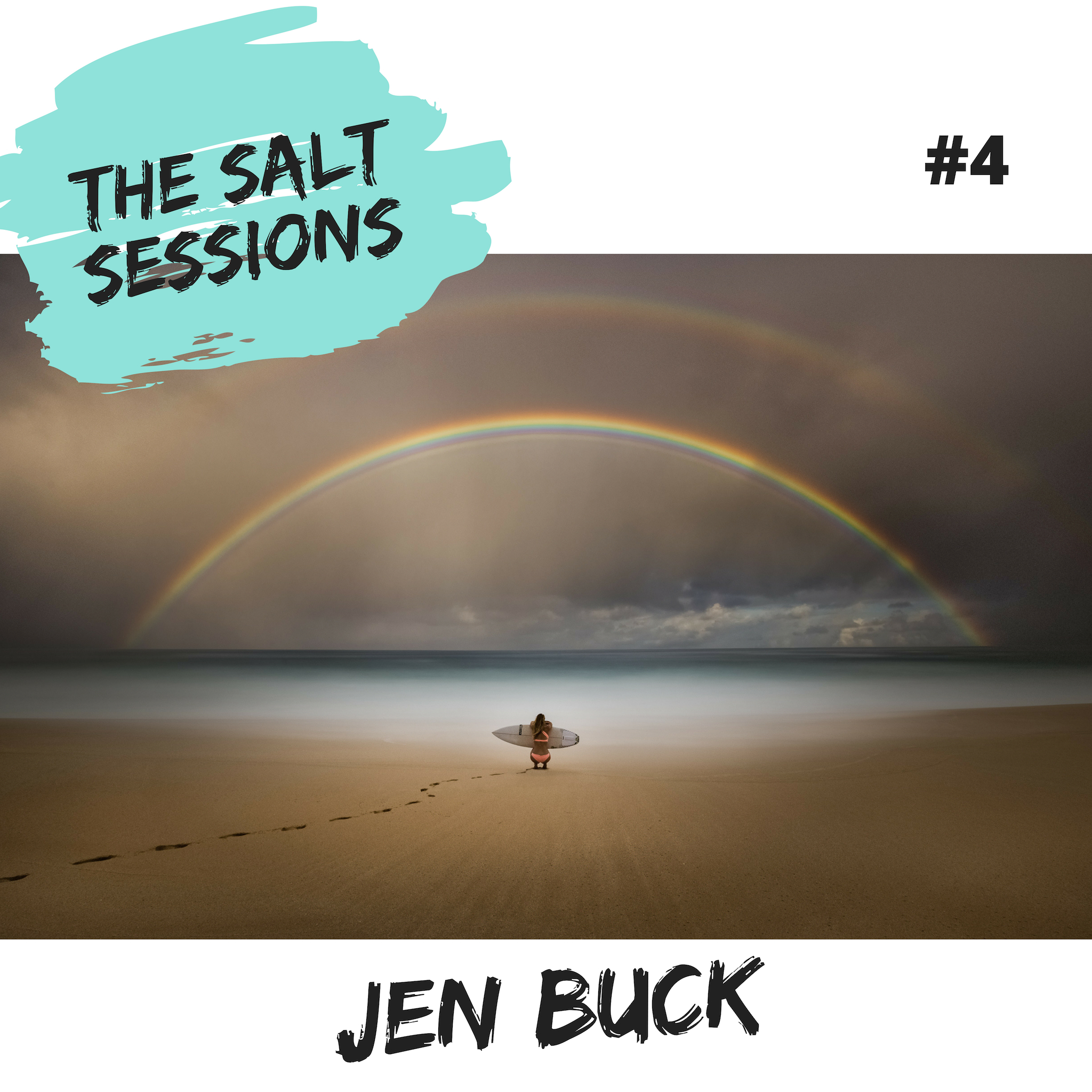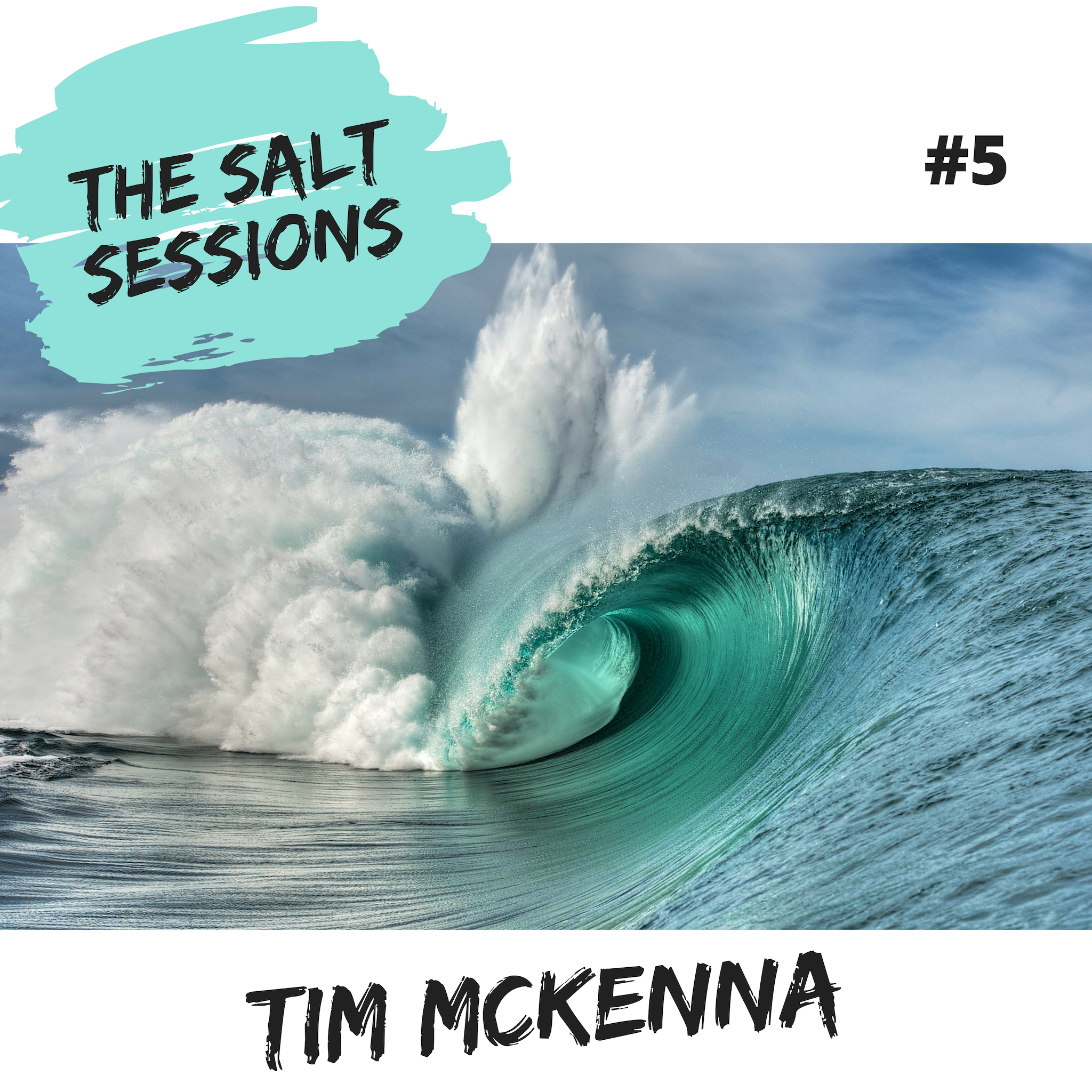Kelly Cestari
With the kick off to the 2019 WSL Championship Tour season just around the corner, I had the distinct personal pleasure of learning more about Kelly Cestari.
Kelly is the man behind many of the tours most iconic images over the past 12 years and the current WSL Digital Imaging Manager.
For someone who’s favourite time of year is when surf events come to the East Coast of Australia so I can spend all day working on my photography with pro surfers in the water, you can imagine how excited I was to ask questions to a man who does it as his full time job.
Kelly’s story is one of hard work and humility. From putting his work out for constructive feedback, to then going and working on that feedback and re-knocking on doors until his opportunities started to come along.
A world tour surf photographer may be a dream job but it’s also one that requires long days and an incredible work ethic.
In his own words - “Making a career in an oversaturated field takes a lot of belief, effort and positivity in every aspect” - so to get an insight into someone doing just that is a real privilege.
It is a very select few people in 2019 that can say they earn a full time living from surf photography and Kelly is one of the select few.
As someone who loves ocean photography and a fan of competitive surfing I have admired Kellys work for some time now. From the crisp, inviting blue tones of both his above and underwater images through to his ability to perfectly capture the candid emotion of a post heat moment or event win, his work is super inspiring.
Please read on to learn more about Kelly Cestari and be sure to follow his work on Instagram and his website listed at the end of the interview.
Hometown?
Adelaide, South Australia has been my home for the last three years, my wife and I emigrated from South Africa where I was born and raised.
Was photography always the plan or what first made you pick up a camera?
I always enjoyed holding a camera and pushing the shutter button, I can still remember the very first photograph I ever took but making a living as a photographer was not on the radar until later in life. I didn’t own a camera until I was living in the UK making a decent salary with money to spare. I bought my first camera in 2002. Finishing school I thought IT and computers were the route I should go so studied and worked in that field for five years but never enjoyed it. Long story short I lived in London for three years working on a call desk staring at screens with systems monitoring big networks waiting for something to go wrong. There was a company take over, I took voluntary retrenchment, went to work a ski season in Vermont as a lifty, broke my femur thinking I was good enough to compete in Boardercross, went back to South Africa with a pocket full of savings vowing I would never work with computers again, bought some entry level equipment and went from there. A broken leg meant no surfing for me but also I didn’t want to sit at home waiting for it to heal so I traded lifts to the beach for photos with friends.
How did you get into shooting for the world surf tour?
Pierre Tostee lives in Durban, South Africa where I used to live and I approached him about reviewing my portfolio in the hope of getting some photography work. Kind words of encouragement to work on my photography and improve in areas left me a bit deflated but I knocked on his door again six months later and was invited to assist on a MotoX shoot with him. Things progressed to assisting on Junior and small regional QS events in Durban and then in 2007 I got to do my first Championship Tour event with Pierre. More opportunities came my way and here we are in 2019 and and I’ve been working with the World Surf League for thirteen years.
What does a day / week look like for you during a WSL event and how have the photographic requirements changed over the years as social media has evolved?
Each day during an event starts the same by waking up and waiting for the answer to the everyday question, “are we on?”. If the contest is off I still create some layday content, either shooting some free surfing or making photos to showcase the location we are in. Along with that I always have a load of back-end work to take care of. If the contest is on then it’s a full day of work from sun up to sun down deciding what the plan of action is for the day, who is shooting what, are conditions good enough to shoot from the water. Shooting throughout the day then all the editing, uploading and distribution make it a busy day but I’m still here enjoying it. With social media and just the general “consume now” nature of things we have a need for a pretty quick turn around. Technology has driven the desire for instant satisfaction and it has given us the tools to meet that need. If Slater or John or Gabe do something unbelievable in a heat we have it out there very soon after.
under the clear blue water of Fiji
Do you have a favourite 1 or 2 surfers on either the mens or womens tour to shoot?
They are all favourites, yes that sounds PC but its the truth. Each surfer has their own aspect which I enjoy shooting. Anyone who wins an event for the first time is a pleasure, the emotion that gets released is fresh to them so it is something fresh to document, it’s fun and exciting. Big airs, big barrels, tears, smiles, anger, happiness it comes from everyone.
The fresh emotion of John Johns first world title in 2016
Do you get time to shoot much personal work throughout the year?
Where I live now in Adelaide there is not much surf to shoot unless I get in the car and drive for a few hours, considering how much time I spend on the road I don’t really want to spend more time away from home searching for something to shoot. In South Africa we lived 2.5hrs away from a Game Reserve so my wife and I would spend frequent weekends in the bush so I loved wildlife photography but again being in Adelaide we don’t have much of that close by. There is a project I work on now and then photographing birds with gadgetry, you get one opportunity to photograph the bird so it’s a bit frustrating when after two or three hours you only have one image but that one image could make it all worthwhile.
Are there any waves or places you’d love to shoot at but haven’t had the chance yet?
I am very lucky in that I have shot a large number of waves and locations so most of the places on my bucket list are not related to surfing. Asia for Snow Leopards, Arctic for Polar Bears, Maasai Mara for the Great Migration, Mount Everest, Kilamanjaro. The surf bucket list is anywhere with crystal clear water where I can shoot the surfing from underwater because that is my absolute favourite. Also anywhere I can fly my drone, yes the drone angle is common practice now but it’s still fairly new in my equipment bag so I love it.
The drone angle - Pipeline
What makes a good surf photo?
It’s pretty subjective. At one stage for me it was a fisheye barrel shot with disregard to pursuing fresh angles. Then it was massive Pipe from the water without thinking of doing something different. I find myself enjoying the locker room at events a lot, when Owen and Bede returned from injury and had a moment together after their heats, Mikey Wright having his dog Bacon on the Goldie, documenting Micks retirement wondering if each heat he put the jersey on would be his last. Wild weather empty lineups with that one gem breaking perfectly amongst the thousand ugly waves you ignore are just as good as the god light sunrise moments with a surfer standing on the bow of a boat in Fiji preparing to enter the lineup.
John John Florence and crew in one of those photographic moments
Do you have any advice for aspiring photographers that want to turn their interest and passion into a tangible career?
Your work and attitude are equally important, a good work ethic is noticed too. Acknowledge the shortcomings in your work and make an effort to improve them. I hated working with flash until I did my best to understand it and now I look forward to dark days. I even use flash on the brightest of days for the different look it can create. Be a positive person, try to see the best in the worst situations, always have a smile and greet everyone from the person who collects your trash to the person who pays your salary. Making a career in an oversaturated field takes a lot of belief, effort and positivity in every aspect. Evaluate every opportunity, don’t work for free but also consider the potential pay off. And make sure you are always having fun.
Dive into Kelly’s world further here
Instagram: kc80
Website: http://www.kellycestari.com/
FINAL SHOT…
Kellys happy place beneath the surface
CLICK ON THE IMAGES BELOW TO READ MORE INSPIRING INTERVIEWS















